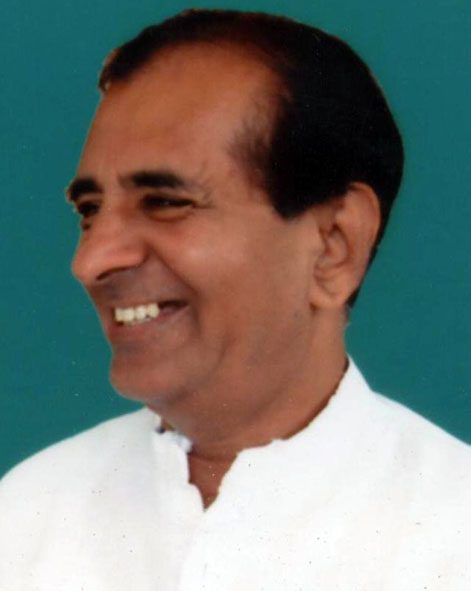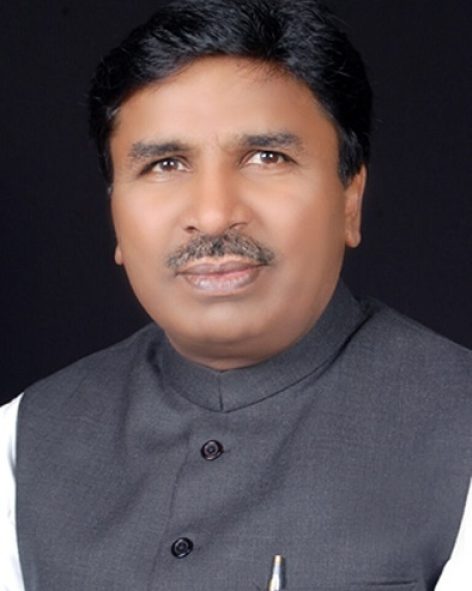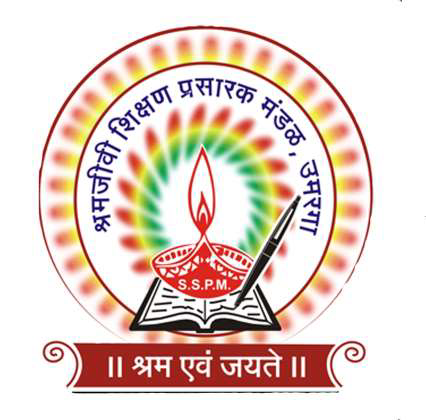Latest Activities
14 Nov 2022 जवाहरलाल नेहरू जयंती
भारताचे पहिले पंतप्रधान पंडित जवाहरलाल नेहरू यांची जयंती आदर्श महाविद्यालय उमरगा येथे मोठ्या उत्साहात साजरी करण्यात आली या जयंतीचे स्वरूप पंडित जवाहरलाल नेहरू यांच्या प्रतिमेचे पूजन करून करण्यात आले ही जयंती बाल दिन व बाल कामगार विरोधी दिन म्हणून साजरी करण्यात येते. याप्रसंगी महाविद्यालयाचे प्राचार्य डॉ दिलीप गरुड सर उपप्राचार्य डॉ कुलकर्णी सर व महाविद्यालयातील प्राध्यापक व विद्यार्थी मोठ्या संख्येने उपस्थित होते
Click Here
Our Infrastructure
Latest Activities | View All
Please check your short code, no records available.
Noticeboard | View All
Please check your short code, no records available.
Latest News | View All
Please check your short code, no records available.
Other University Notices | View All
Please check your short code, no records available.
Chair Person's Message | View All
Education has undergone many conceptual changes since its establishment as a discipline of serious study, innovation and research after the industrial revolution. In the “Nineteenth” century, the emphasis was on innovation and personal ingenuity. The education and training in this period were “HOW” dominated, and the efficacy of education and training depended largely on the personal skill of the trainers in operating, manipulating and developing new machines and gadgets.
The “Twentieth” century brought in an attitude of scientific analysis involving engineering systems and education became more “WHY” dominated, more science based. Knowledge of “Know-why” is better than merely knowledge of “Know-how” became the catchword. Innovations were still important, but problem solving became more and more science driven. The “Twenty-first” century is threatening to be dominated by informationprocessing and management practices. Education and training will not worry about “WHY” but “WHY NOT” and “HOW BEST”.
This century, I feel will visualize the infusion of technology into engineering. Today, technological society is synonymous with a tinkering culture, where every individual has basic technical skills and can take care of simple things like replacing a fuse, fixing a leaking tap, changing a tyre in the car, repairing a bicycle, changing the gasket in the pressure cooker etc. R&D can emerge only out of competitive tinkering. So also innovations come in shapes and sizes. It’s the application that gives innovation it’s meaning. While mentioning the future, it would be unwise to neglect the present.



